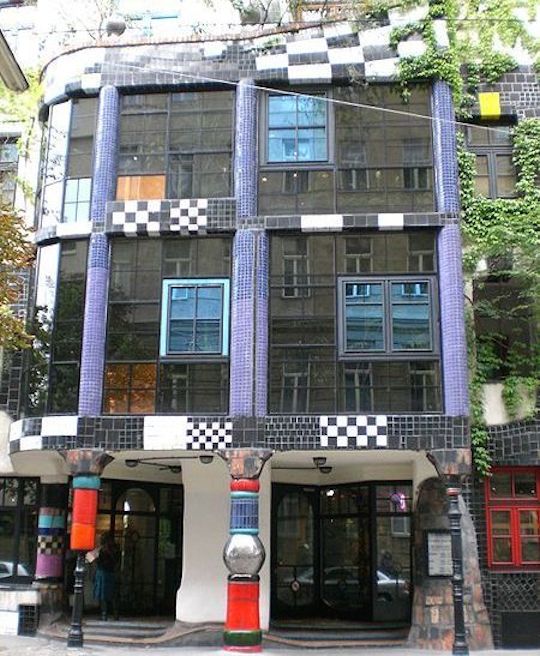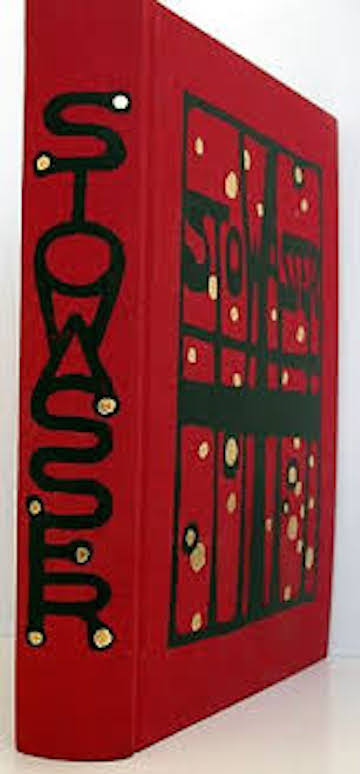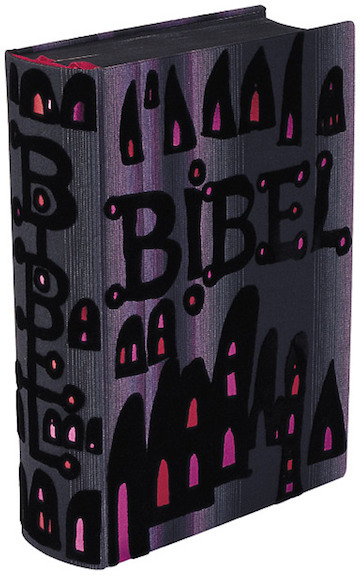Mary Kate Morris cites the work of Austrian Friedensreich Regentag Dunkelbunt Hundertwasser (1928-2000) as inspiration for the concentric-ish circles she painted on and above her garage doors.
Hundertwasser was many things, including an architect who lived outside and a fair distance away from the box. His architecture is sui generis. And very far out. He opposed regimentation in everything, including his paintings and architecture.
Here are photos of some of his architectural designs, most of which are gathered at a glorious website, Strange, Weird, Wonderful and Cool Buildings.
It is odd how these things happen. I didn’t know nothing about no Hundertwasser until I met Mary Kate Morris. In a span of two weeks after she steered me to his art and architecture, he comes into my life twice more.
First at my doctor’s office. I hadn’t noticed or they weren’t there last time I was there, but his walls are lined with stunning Hundertwasser prints, and he has the Taschen book on his architecture. Who knew?
And then in conversation with Colleen Neff (Berkeley Path Wanderers, great observer of quirk) I learn that she too is a Hundertwasser fan and she shared with me some photos she took of his architecture in Vienna.
These are are his beloved and famous composting toilets, a big cause of his.
And then I learn that my friend is a fan too. ‘He can recite large parts of his Mouldiness Manifesto against Rationalism in Architecture. I can’t tell you how many times I have heard him say “Painting and sculpture are now free, inasmuch as anyone may produce any sort of creation and subsequently display it. In architecture, however, this fundamental freedom, which must be regarded as a precondition for any art, does not exist, for a person must first have a diploma in order to build” – and I didn’t link that up with Hundertwasser. Wow!
Gabby had tracked down a Hundertwasser Bible and German-Latin dictionary that my friend treasures. He couldn’t get enough of these photos. I agree with his evaluation:



![hundertwasser-9[2]](http://quirkyberkeley.com/wp-content/uploads/2014/12/hundertwasser-92.jpg)



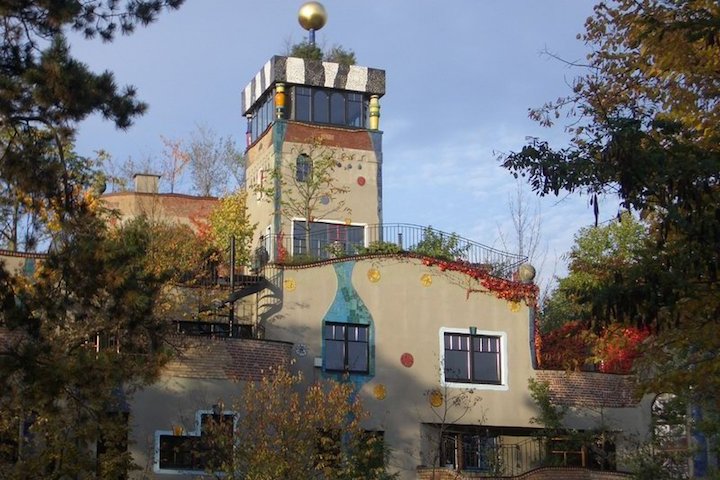


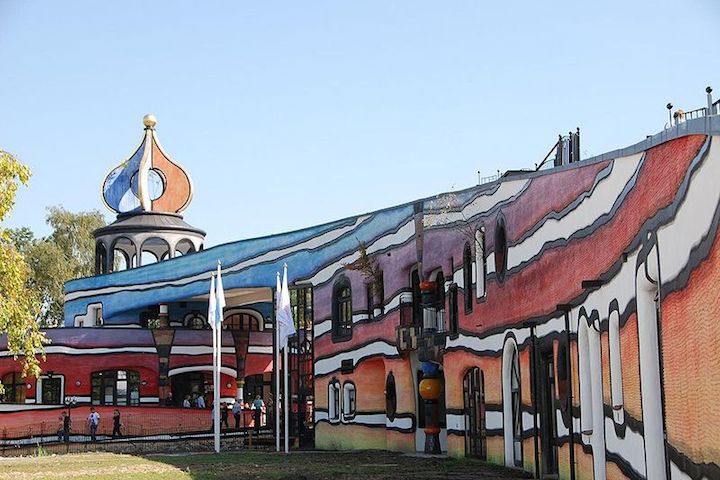


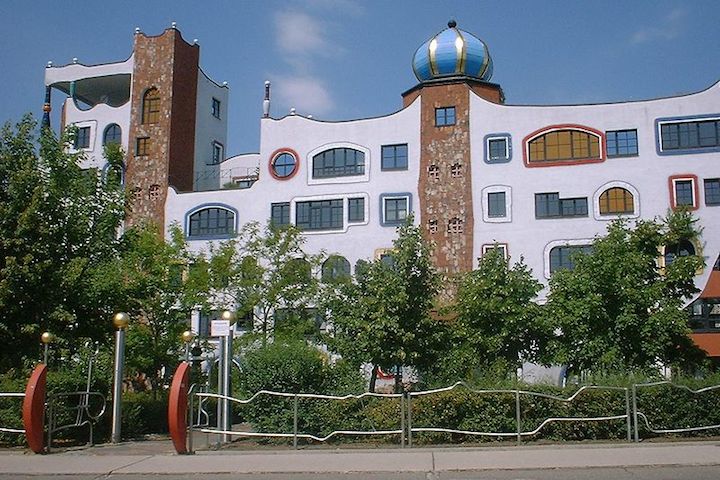


![hundertwasser-10[2]](http://quirkyberkeley.com/wp-content/uploads/2014/12/hundertwasser-102.jpg)

